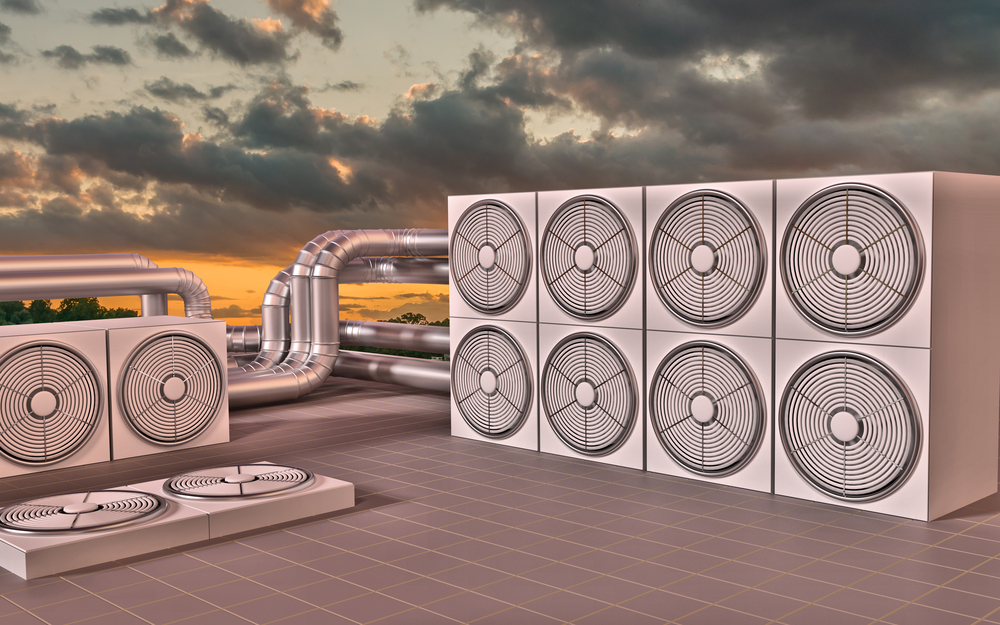Recently, we witnessed the alarming smoke and haze caused by the Canadian wildfires, which had a devastating impact on the air quality in New York and Northern New Jersey. Most of the Northeast suffered from a haze of very unhealthy air affecting millions of people, and pushing us to stay indoors and wear masks again. The effects were so astonishing, it caused the National Weather Service to issue a code orange alert for dangerous air quality. This should serve as a warning that we need to be vigilant with our indoor air quality at all times.
What Environmental Challenges do Paramus, Hackensack, Ridgewood, Wayne and Mahwah Have in Common?

Aside from this incident, Bergen County, NJ recently got the letter grade “F” for air quality in an annual report released by the American Lung Association. It led the state in the number of days of high smog levels over a 3-year period.
Bergen County, one of the most densely populated counties in New Jersey, was the front-runner followed by Essex County, Hudson County, and Passaic County. Primarily Fort Lee, Edgewater, and Englewood were affected greatly due to their close proximity to New York City where several major roadways converge to deliver over 300,000 cars daily across the George Washington Bridge. This congestion causes high ozone levels and smog when nitrogen oxides and volatile organic compounds from cars, power plants, and other sources react with sunlight making it difficult to breathe clean air.
If we learned anything from Covid-19 it is that ensuring good air quality is crucial for reducing the risk of disease transmission and promoting overall health and well-being. If you are wondering what this has to do with indoor air quality, read on.
a few things that we can do to ensure good indoor air quality within our home and businesses
- Proper ventilation: Outdoor air is used to supply fresh air to indoor spaces through HVAC systems. If the outdoor air quality is poor these pollutants will be brought inside. Therefore, ventilation systems increasing outdoor air circulation and using high efficiency air filters are recommended to dilute and remove contaminants.
- Area air filtration systems with HEPA filters: Implement the use of an area air filtration system with HEPA filters to remove microbial and respirable dust particles that can be inhaled and lead to infection.
- Humidity control: Maintaining appropriate humidity levels is crucial. Low humidity can dry respiratory mucous membranes and cause infections while too high humidity can promote the growth of mold bacteria and other pathogens. Humidity levels between 40 and 60% is ideal and recommended.
- HVAC maintenance: Regular maintenance on HVAC systems including cleaning and filter replacement is critical to ensure optimal performance. Airborne outdoor pollutants such as particulate matter (PM), volatile organic compounds (VOC’S), nitrogen oxides (NOx), sulfur dioxide (SO2), and ozone(O3) can enter indoor environments through open windows, doors, and even HVAC systems and can degrade air quality.

When consulting with experts in indoor air quality, such as industrial hygienists or companies certified to test indoor air quality, demand that they provide solutions and recommendations tailored for your specific situation.